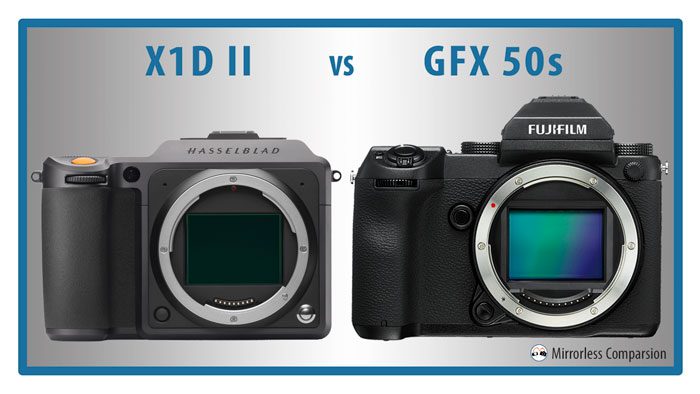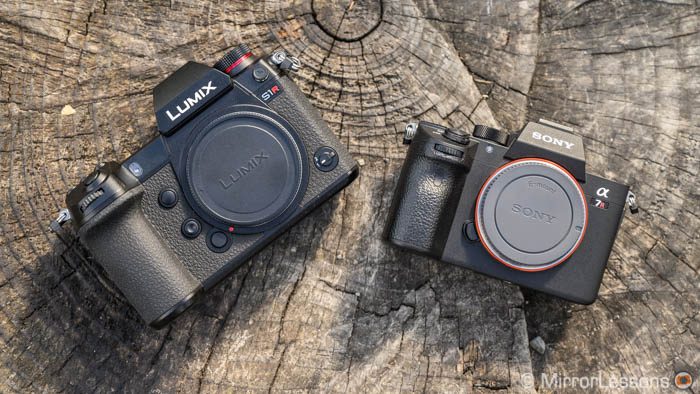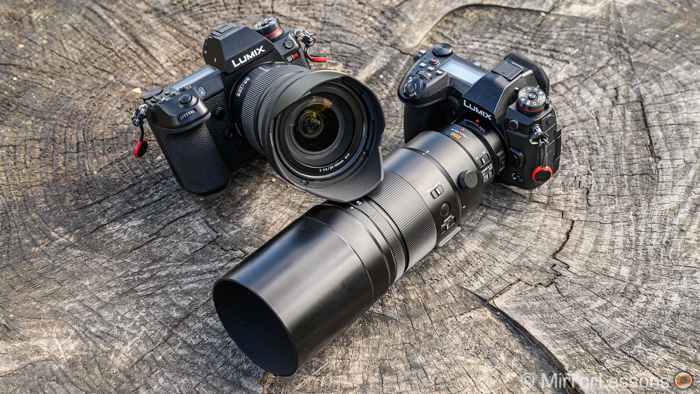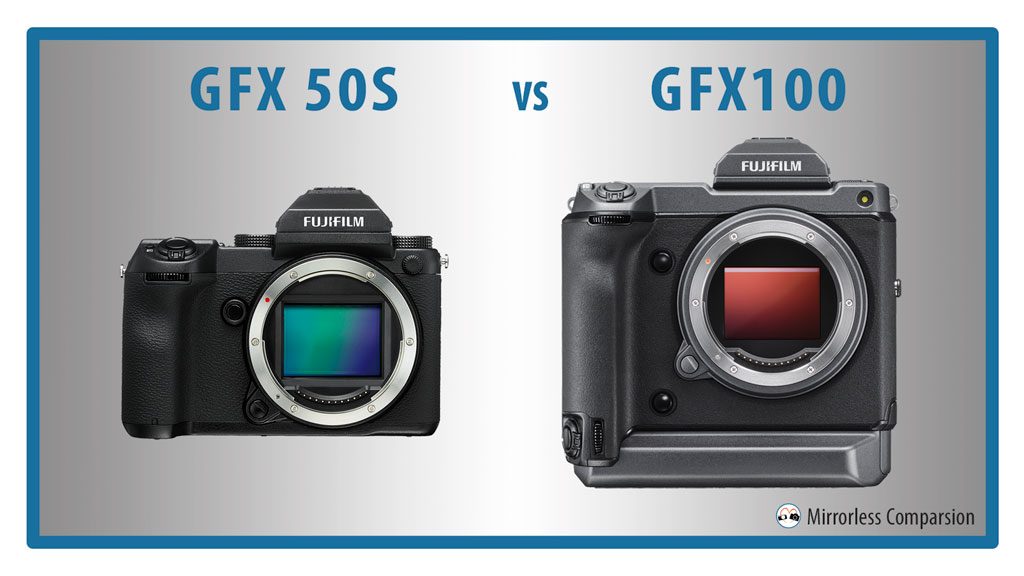Hasselblad has announced the X1D II, the successor to the original X1D that inaugurated the brand’s mirrorless medium format system back in June 2016. The new camera isn’t revolutionary but it does improve the viewfinder and monitor resolution and promises a faster operating system.
The GFX 50s was Fujifilm’s first mirrorless medium format product, released in the same year as the X1D. The system has since expanded to include three models (the 50s, 50R and 100) but the 50s remains the most natural competitor for the Hasselblad, especially now that the Swedish brand has decided to cut the price of the X1D II to make it more competitive.







